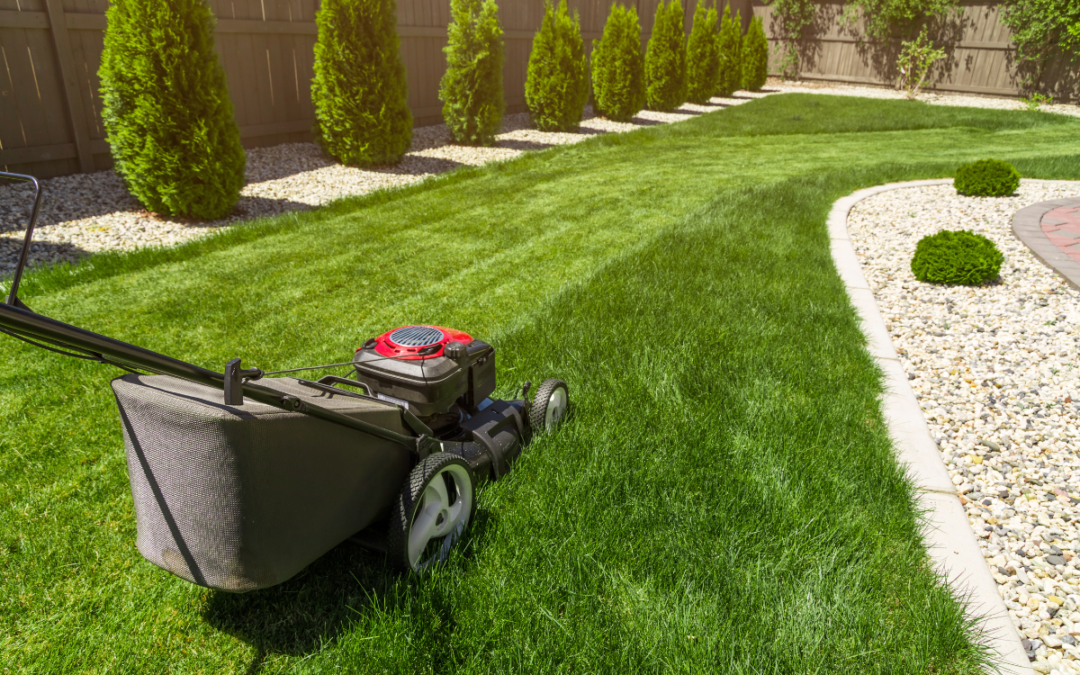Maintaining a lush, healthy lawn can be challenging, especially during late summer when rainy conditions prevail. Excess moisture can cause a myriad of problems for your lawn, from clumping and rut formation to increased weed growth and pest infestations. However, with the right strategies, you can keep your lawn in top shape despite the rain. Here are some essential tips for late summer lawn maintenance in rainy conditions.
1. Mowing Adjustments
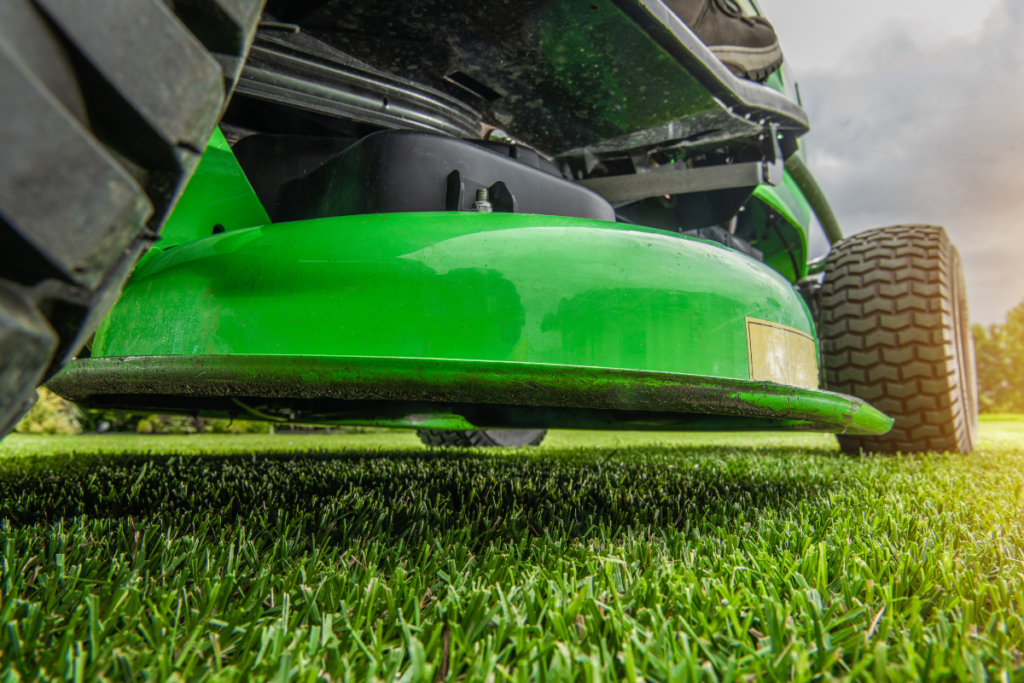
Mow When the Grass is Dry
Mowing wet grass can lead to clumping, which can suffocate the grass and create an uneven lawn surface. It can also result in rut formation, where the wheels of the mower create grooves in the soil. To avoid these issues, try to mow your lawn when the grass is dry. If you must mow when the grass is damp, take care to clean the mower blades frequently to prevent buildup.
Raise the Mower Blade
During rainy periods, it’s beneficial to raise the mower blade slightly. Allowing the grass to grow a bit longer helps it to better withstand excess moisture and reduces the risk of fungal diseases. Longer grass also shades the soil, reducing evaporation and helping to maintain a more consistent moisture level.
2. Aeration
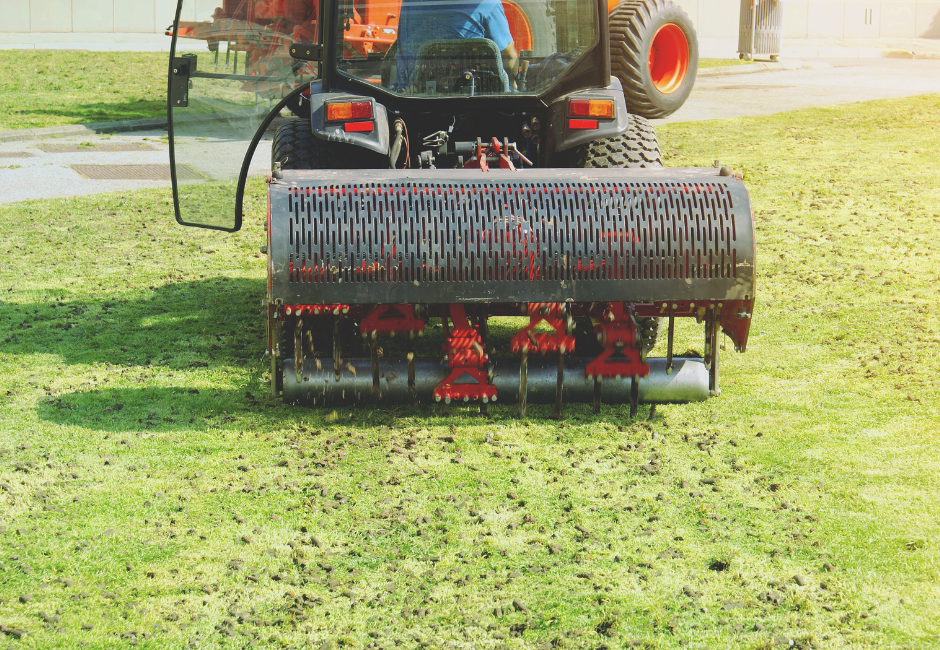
Improve Drainage and Root Health
Aerating your lawn can significantly improve its health and resilience during rainy conditions. Aeration involves perforating the soil with small holes to allow air, water, and nutrients to penetrate the grass roots. This process helps to alleviate soil compaction, improve drainage, and prevent waterlogging, ensuring that roots have better access to oxygen and nutrients.
3. Weed Control
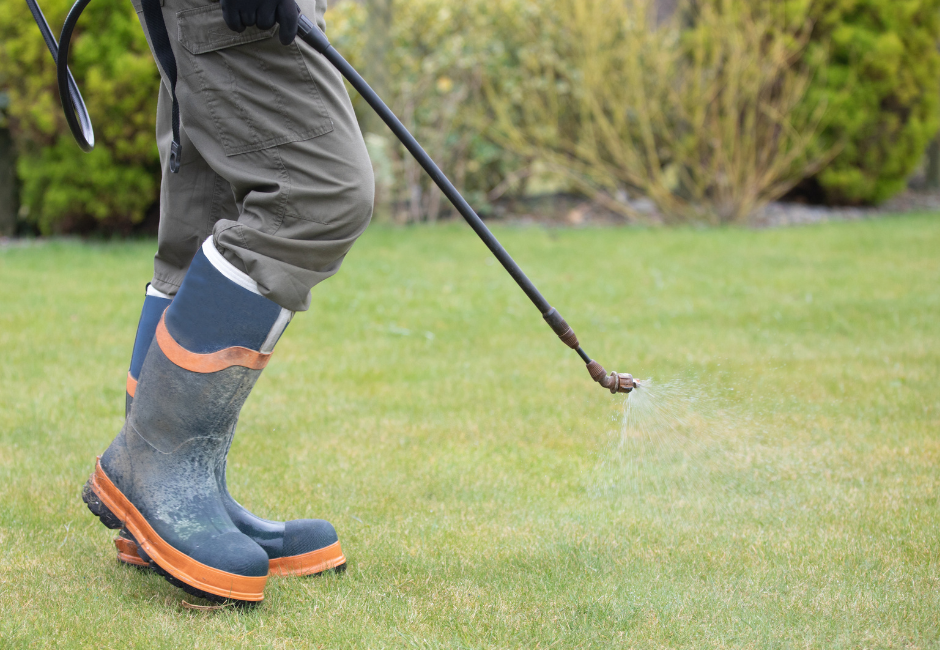
Regular Inspection and Removal
Wet conditions can encourage the growth of weeds, which compete with your grass for nutrients and water. Regularly inspect your lawn for weeds and remove them promptly to prevent them from spreading. Hand-pulling weeds is effective for small infestations, while herbicides may be necessary for larger problems. Be sure to choose a weed control method that is safe for your type of grass.
4. Fertilization

Use Slow-Release Fertilizer
Fertilizing your lawn during rainy periods requires a careful approach. Using a slow-release fertilizer is recommended, as it provides a steady supply of nutrients without promoting excessive growth that can be hard to manage in wet conditions. Excessive growth can lead to weak, spindly grass that is more susceptible to disease and pests.
5. Pest and Disease Monitoring
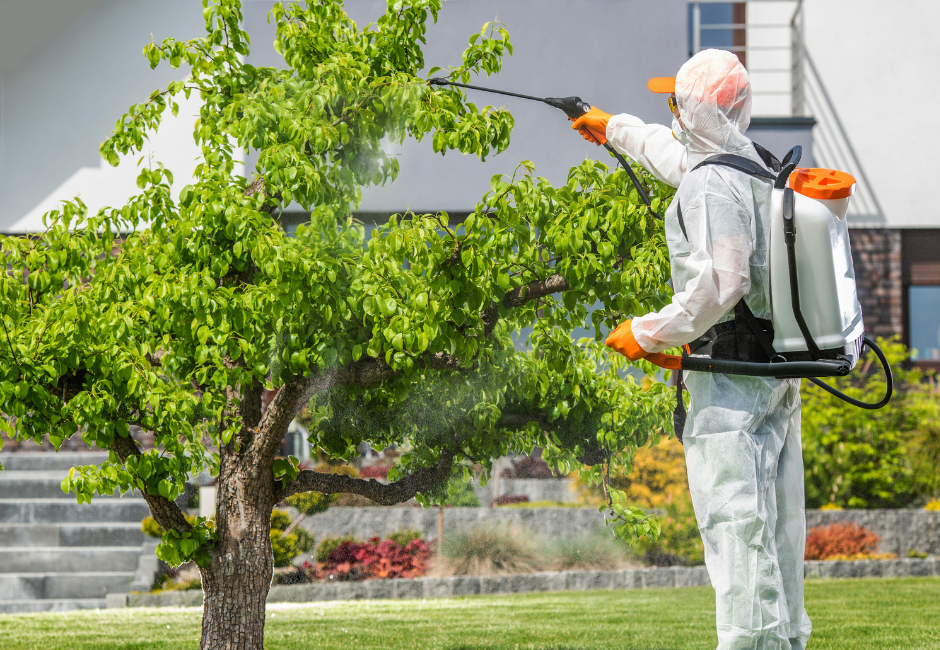
Vigilant Observation and Treatment
Rainy conditions can create an ideal environment for pests and diseases to thrive. Keep an eye out for signs of trouble, such as discolored patches, wilting, or visible insects. Treat any issues promptly with appropriate measures, whether it’s using insecticides for pests or fungicides for fungal diseases. Early intervention is key to preventing small problems from becoming large infestations.
6. Soil Testing

Maintain Nutrient Balance
Frequent rain can wash away essential nutrients from the soil, leading to imbalances that can affect grass health. Conducting a soil test to check the pH and nutrient levels can help you determine if any amendments are needed. Based on the test results, you may need to add lime to adjust the pH or apply specific fertilizers to replenish lost nutrients.
7. Grass Clippings
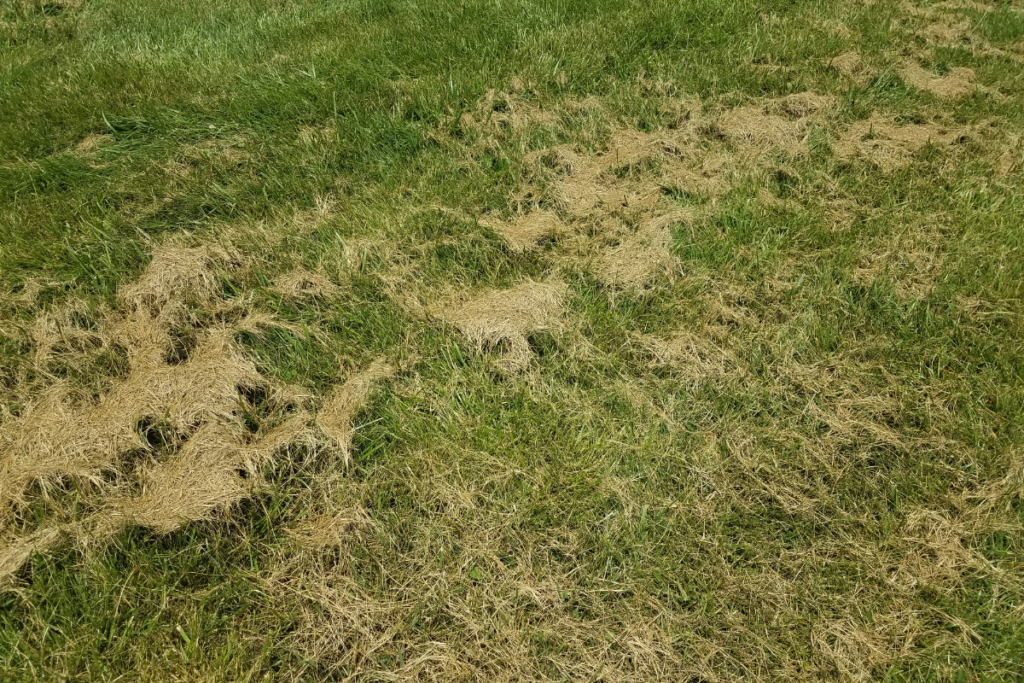
Natural Fertilization
Leaving grass clippings on the lawn after mowing can be beneficial, as they decompose and return nutrients to the soil. Ensure that the clippings are short enough not to smother the grass, which can lead to fungal issues. Using a mulching mower can help chop the clippings finely and distribute them evenly across the lawn.
8. Drainage Management
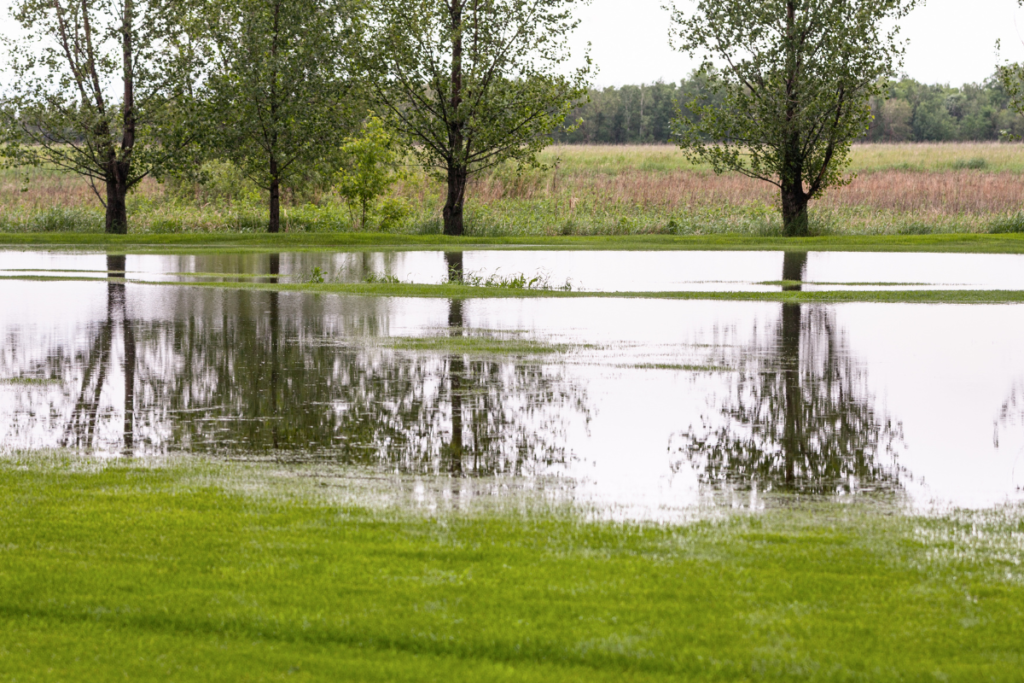
Ensure Proper Water Flow
Adequate drainage is crucial for maintaining a healthy lawn in rainy conditions. Remove debris from gutters and downspouts to ensure they are functioning properly. If certain areas of your lawn are prone to pooling water, consider installing drainage solutions such as French drains or creating swales to redirect excess water.
9. Seeding
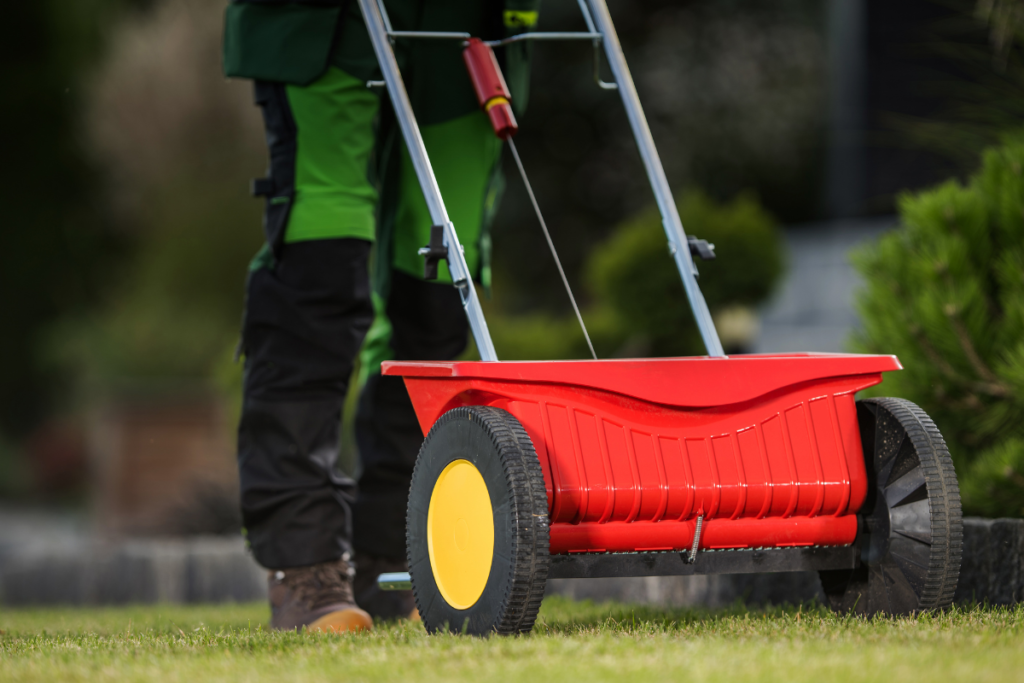
Over-seed Thin Areas
Rain can be advantageous for establishing new grass. Over-seed thin or bare patches to encourage a denser, healthier lawn. Be mindful to protect the seeds from being washed away by heavy rain. Using a light layer of straw or a specialized seed blanket can help keep the seeds in place and promote germination.
10. Watering Adjustments

Reduce Manual Watering
During periods of heavy rain, it’s important to adjust your watering schedule to avoid oversaturating the lawn. Reduce or cease manual watering to prevent waterlogging and root rot. Automatic sprinkler systems should be adjusted accordingly to ensure they are not contributing to excess moisture.
11. Lawn Repair
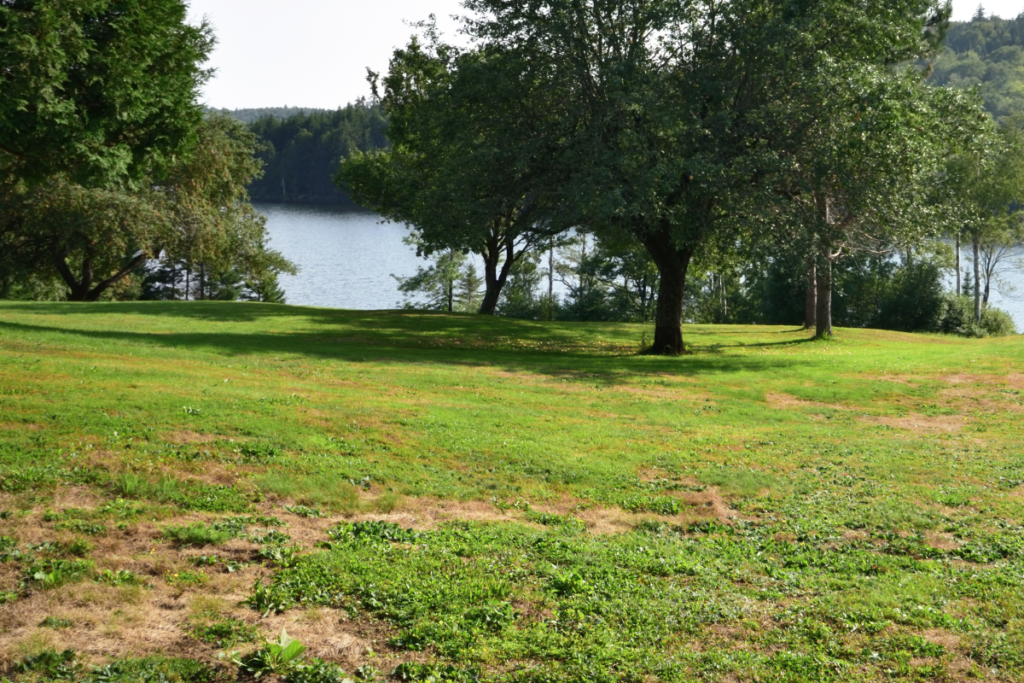
Address Damage Promptly
Heavy rains can cause damage to your lawn, such as ruts, bare patches, or erosion. Address these issues promptly to prevent further deterioration. Fill in ruts with soil and seed, and repair bare patches by over-seeding and applying a light layer of topsoil. Erosion-prone areas may need additional support, such as the use of erosion control blankets or planting ground cover plants.
12. Trimming and Edging
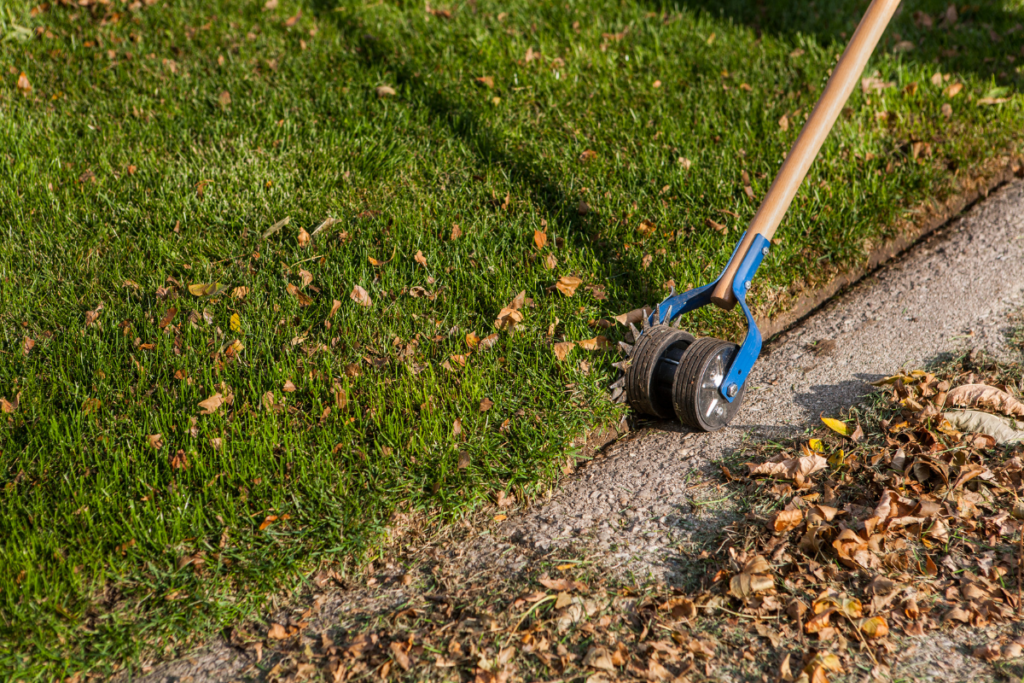
Maintain Neatness and Control Overgrowth
Regular trimming and edging of your lawn help maintain its neat appearance and prevent grass from encroaching into flower beds and walkways. Keeping the edges clean and tidy also reduces the chances of pests and diseases migrating from the lawn to other parts of your garden.
By following these late summer lawn maintenance tips, you can keep your lawn healthy and vibrant despite the challenges posed by continuous rain. Proper mowing, aeration, weed control, fertilization, and drainage management are all key components of effective lawn care in wet conditions. Additionally, regular monitoring for pests and diseases, soil testing, and appropriate watering adjustments will help you address potential issues before they become major problems.
If you need further assistance or professional lawn care services, please feel free to contact us at FHW Landscaping – Lawn Care. Our experts are here to help you achieve a beautiful, resilient lawn that can withstand even the rainiest of summers.

